Comparison of Dolly and Zoom
Dolly: This is the process of moving a camera. To move a camera forward is to dolly in, and to move a camera backwards is to dolly out.
Zoom: This term is often erroneously used interchangeably with dolly. It is the process of changing the size of a camera's angle of view, without moving the camera. To decrease the angle of view is to zoom in, which makes everything appear universally larger. To increase the angle of view is to zoom out, which makes everything appear universally smaller. A vert - solution causes a zoom in. Because it is often assumed that dolly out and zoom out are the same thing, it is also often assumed that a dolly out can cancel out the zooming in of a vert - game. Both of these assumptions are incorrect.
For the purpose of comparisons, this article will use screenshots from the game Heavy Metal FAKK2. It is a third person action game where both the dolly level and zoom level are independently controllable. Dolly level is controlled by the var cg_cameradist, which defaults at 120. Zoom level is controlled by fov, which defaults at 90.
Comparison One: Uneven Revealing of Detail at the Edges
Zooming out gives you more detail on all sides, regardless of their distance from the camera. But with dollying out, the more distant the object is, the further you need to move the camera back it back to bring it into view.
Let's start by examining a hor + comparison shot. First, a 4:3 shot with an FOV of 90 and cg_cameradist of 120, both defaults. Second, a 16:10 shot with the FOV bumped up to 100.39.
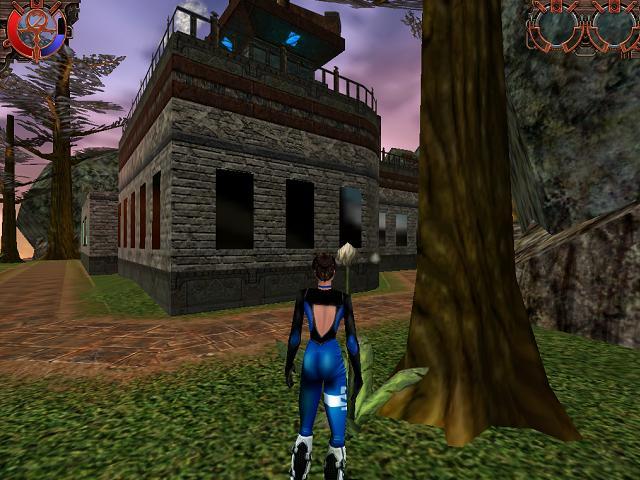
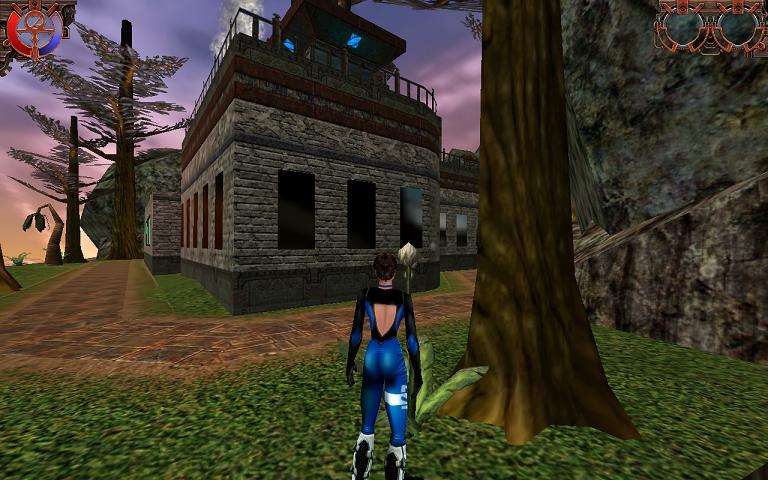
You can see, it's perfectly hor +. Note the short bent tree on the left of the screen that was not visible before, but is visible now. What if FOV wasn't adjustable in the game? After all, there are a number of third person games with a free camera that lack adjustable FOV. Let's pretend this is one of them, and restore the FOV to 90, while keeping it widescreen.
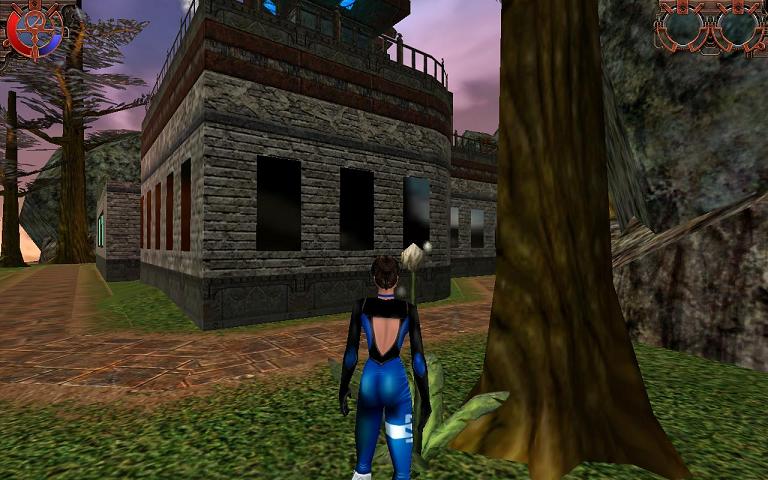
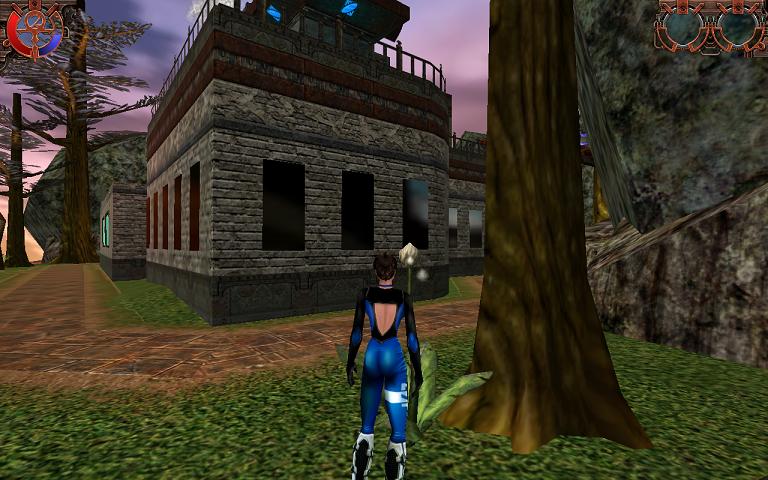
This is vert -. Note that the left side of the screen is the same as in the 4:3 picture, and that you can no longer see Julie's boot buckles. Now, can we re-create the hor + shot just by moving the camera back? Let's try. We'll start by attempting to undo the vert- and pull the camera back to a cg_cameradist of 140. Surely if you undo the vert-, it will become hor+, right?
Well, not quite. Julie's boot buckles are visible again, so the vert- is undone. But the left side of the screen doesn't look all that different from the vert- picture, so it isn't really hor+ either. So, let's dolly out to cg_cameradist 260. You can start to see the tree from the hor + picture. But in the hor + picture, you could see the entire tree, with some extra space to the left. This still isn't truly hor +! So let's dolly out to cg_cameradist 400.
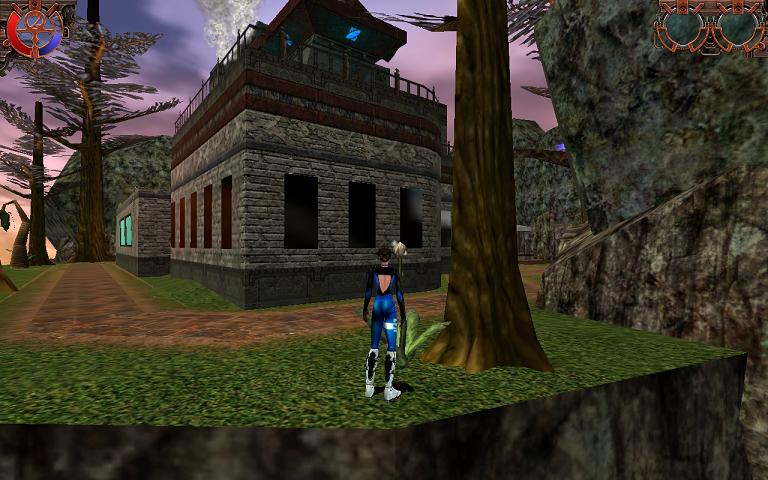
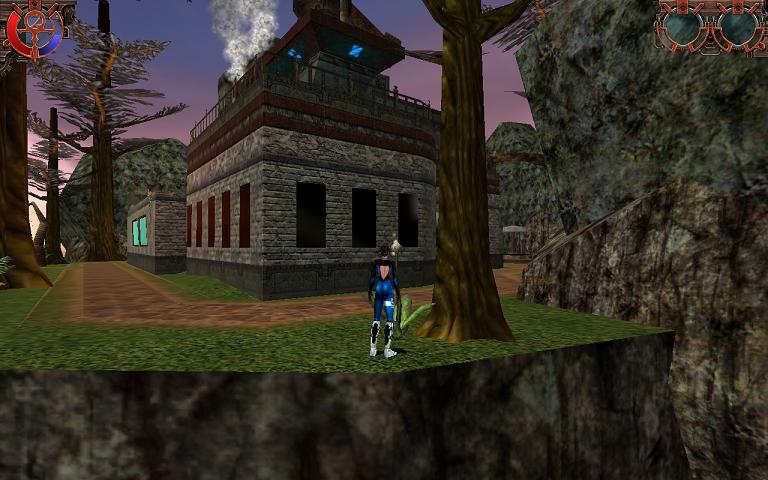
Damn, that bent tree is now obscured by a bigger one. But I think we can reasonably assume that if the big tree weren't there, you'd be able to see the entire bent tree. So in order to achieve hor +, the camera had to be pulled back so far that the game is virtually unplayable, and we have objects obscuring things that should be visible. Equally bad, it's only hor+ for that particular spot. Turn a little bit to the left, and 400 is too small. Turn a little bit to the right, and 400 is too big. In comparison, an FOV increase gives you hor+ without making anything appear more distant than it did in the 4:3 shot, and a correct FOV in one spot is correct for the entire game.
Comparison of Dolly and Zoom - Page 2
Comparison Two: Distorted Perspective in the Center of the Screen
Note: Edge-to-edge thumbnails don't really illustrate the problem very well. So for each pair of screenshots, please download both images into an empty folder. Then preview one of them, maximize the window, and press the "Next image" button repeatedly to flip back and forth between the two.
The vert - effect is basically zooming in. Because dollying out is often mistaken for zooming out, some may think that dollying out is a good hor + solution for games that are vert -, because dollying out will cancel out the zooming in. This is incorrect; if you zoom in and dolly out at the same time, your perspective becomes distorted, as objects that are far away appear closer than they actually are, while objects that are already close seem to stay where they are. This effect was famously used in the film Vertigo in order to disorient the audience, but disorienting the players is not a good way to make a game support widescreen better.
First, a pair of screenshots with the FOV and cg_cameradist settings left at default. The first is standard, the second is widescreen.
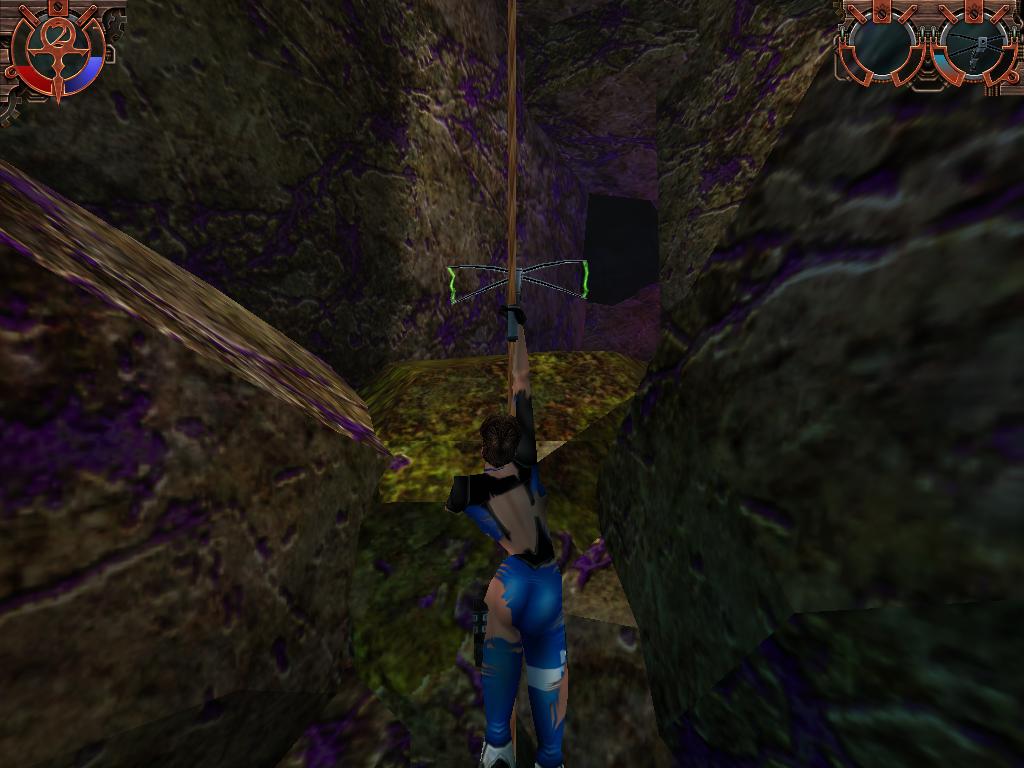
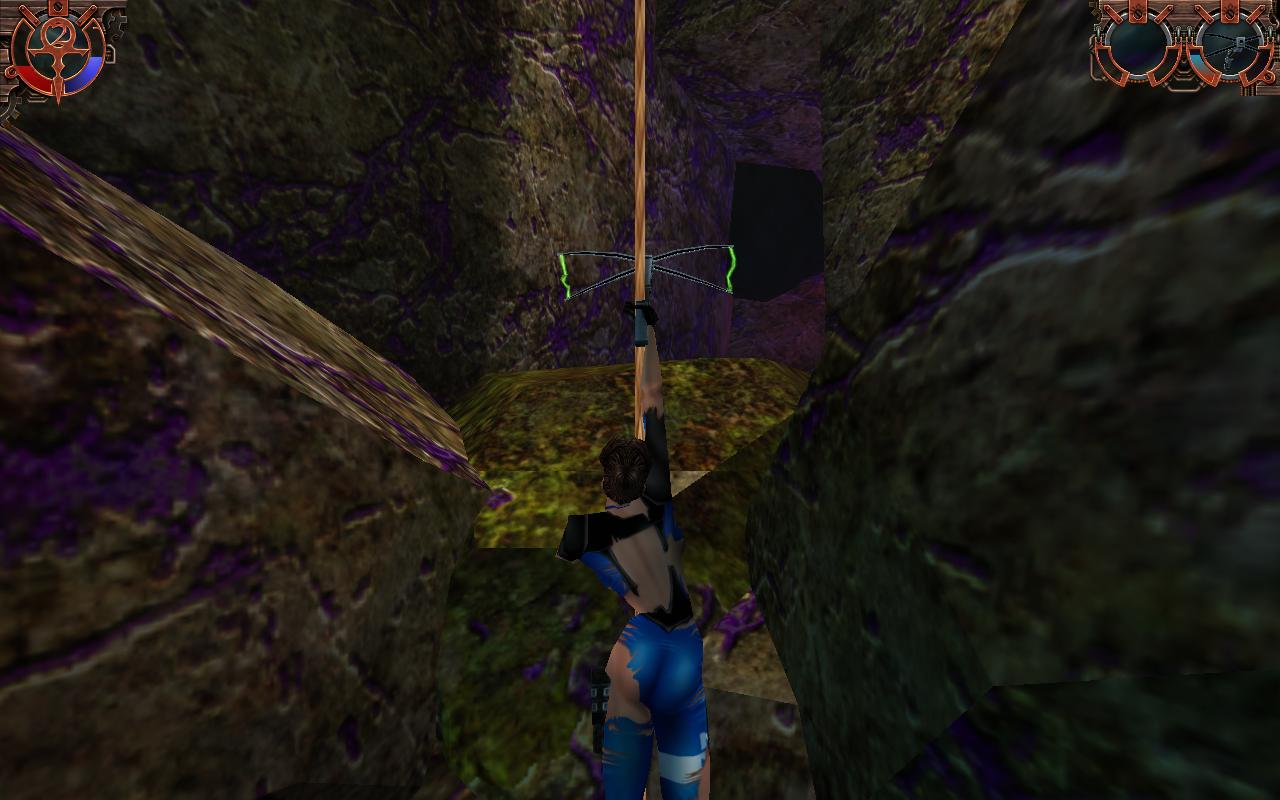
This is vert-, and it is zoomed in. In the widescreen shot, Julie appears closer to the camera, and the ledge also appears closer to the camera. But the apparent distance between Julie and the ledge remains the same; no perspective distortion is evident.
Now let's look at another pair. The first shot is the same as before. The second one has an increased FOV, zoomed out to 100.39.
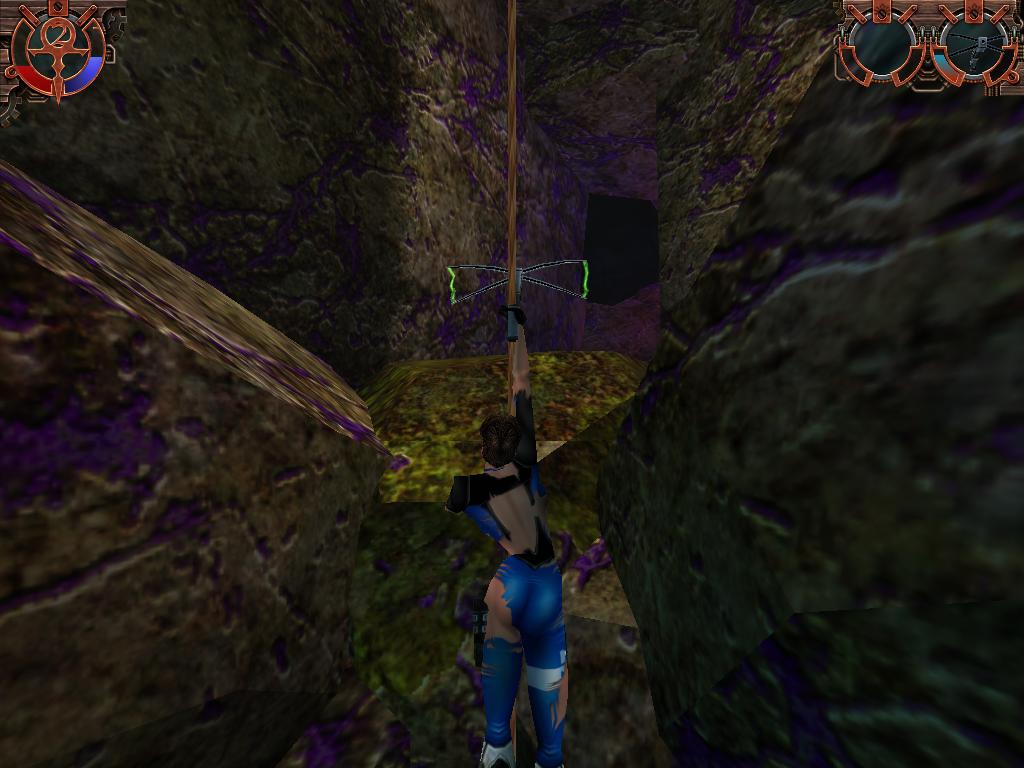
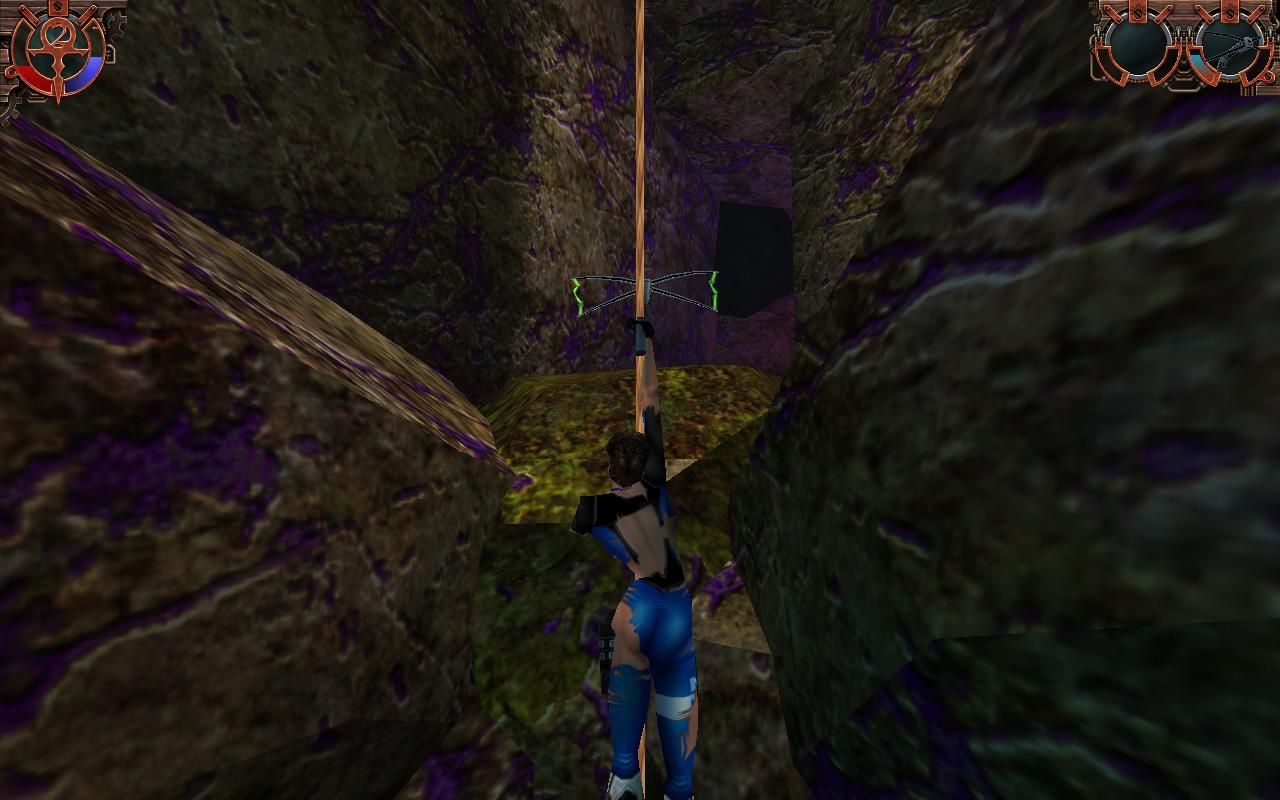
The zooming out (increasing the FOV) cancels out the zoom in perfectly. Both Julie and the ledge appear to be the same distance from the camera as before, making the game hor +.
Now one more pair, to show what happens when you don't adjust the FOV in the widescreen picture, but you do pull the camera back, effectively zooming in and dollying out at the same time (Vertigo effect):
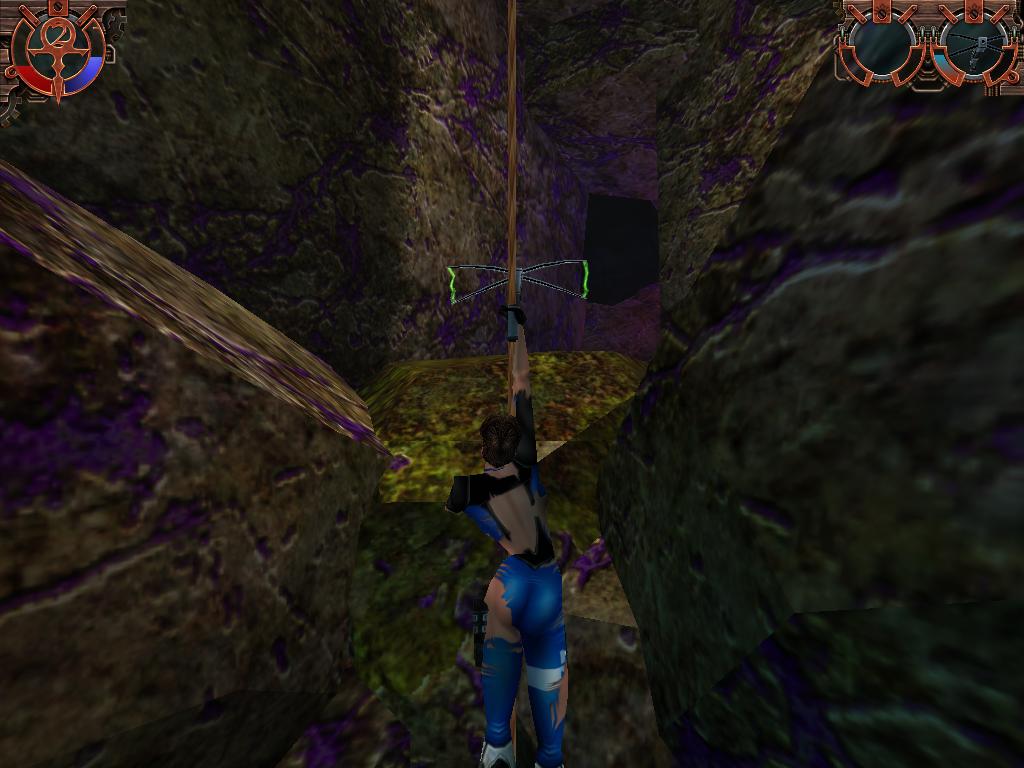
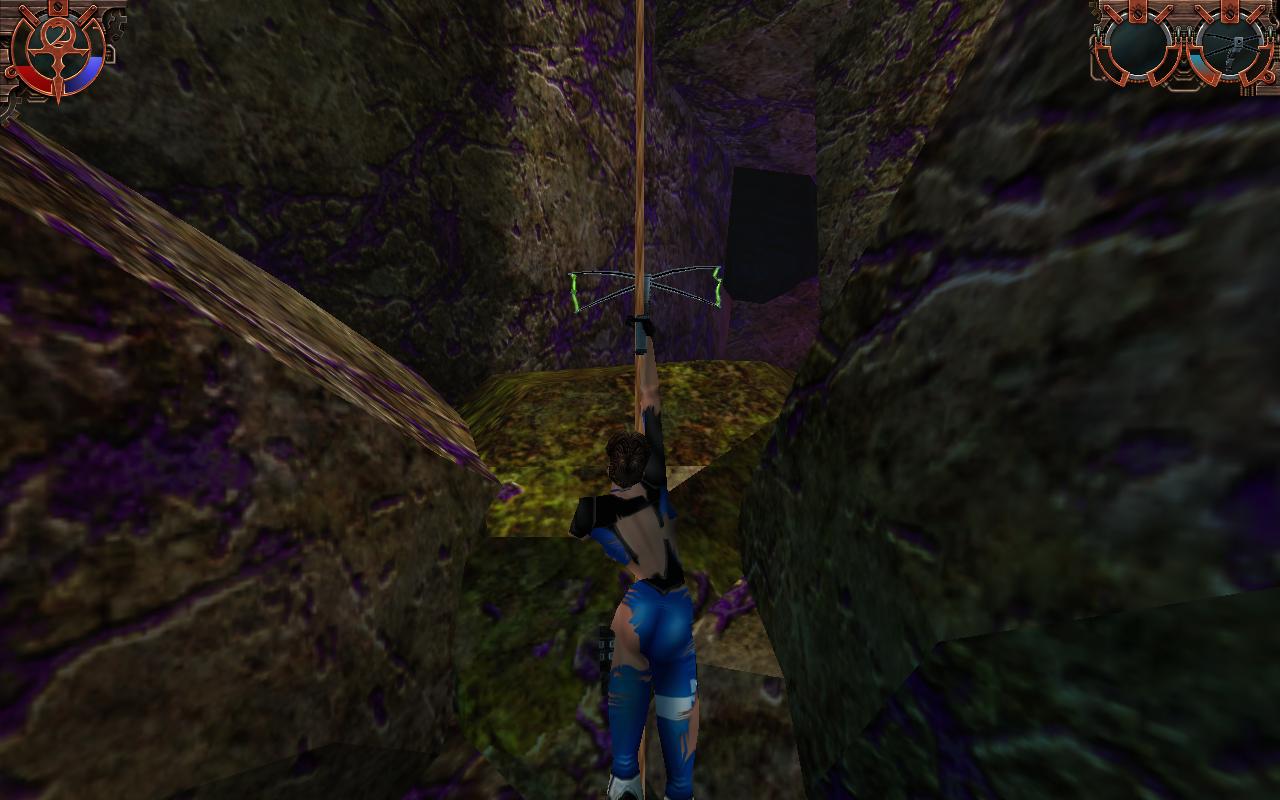
Thanks to dollying out, Julie appears to be the same distance from the camera in both screenshots. For her, zooming in and dollying out have canceled eachother out. But look at the ledge! It appears to have moved CLOSER in the widescreen shot. By dollying out, the apparant distance between Julie and the cliff has decreased, even though the actual distance has not. This is indicative of a distorted perspective, and as a result, a player is more likely to underestimate the distance necessary to clear the jump.
Comparison Three - Indoors
You can't dolly out as far indoors as you can outdoors. In some situations, even the default camera distance is farther than you can go. And there are even situations outdoors where your back might be against a wall or a tree. Attempting to increase the camera distance in these situations will have no effect. Zooming out, on the other hand, works indoors or out.